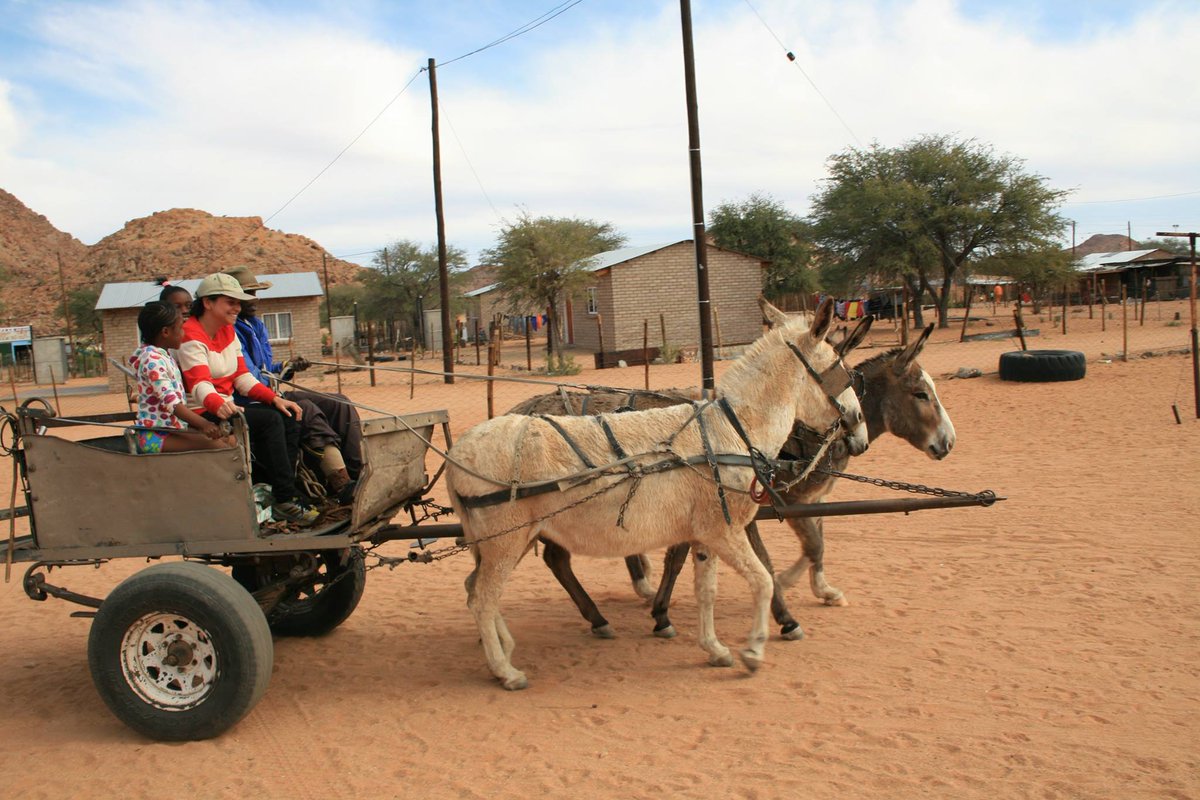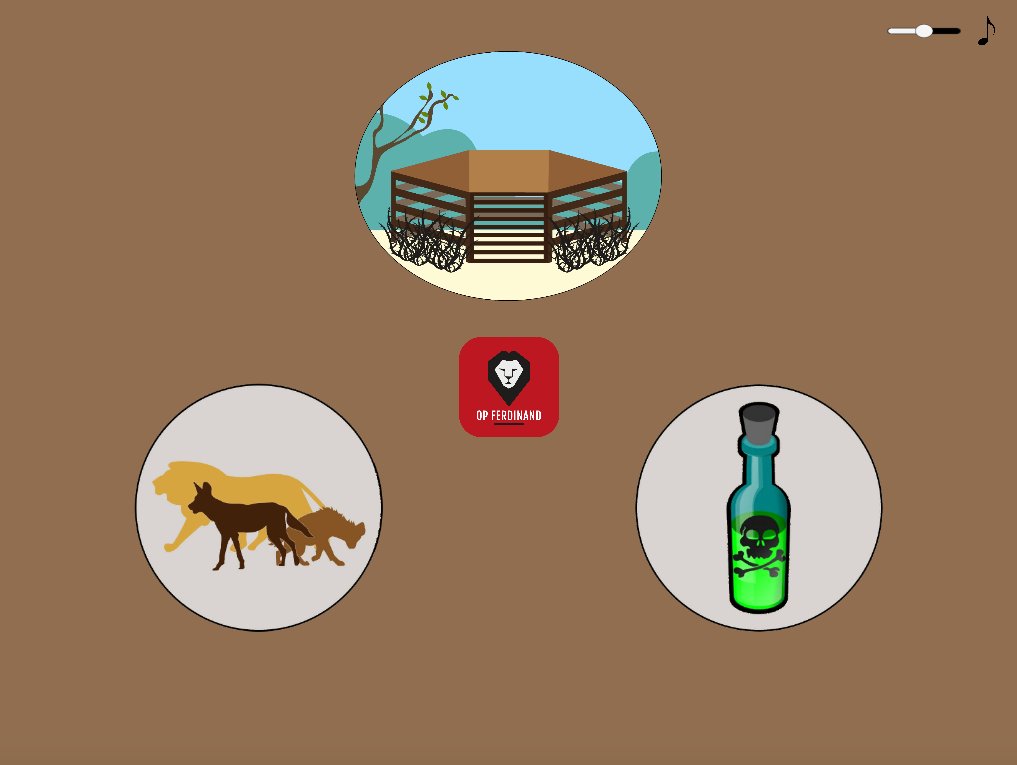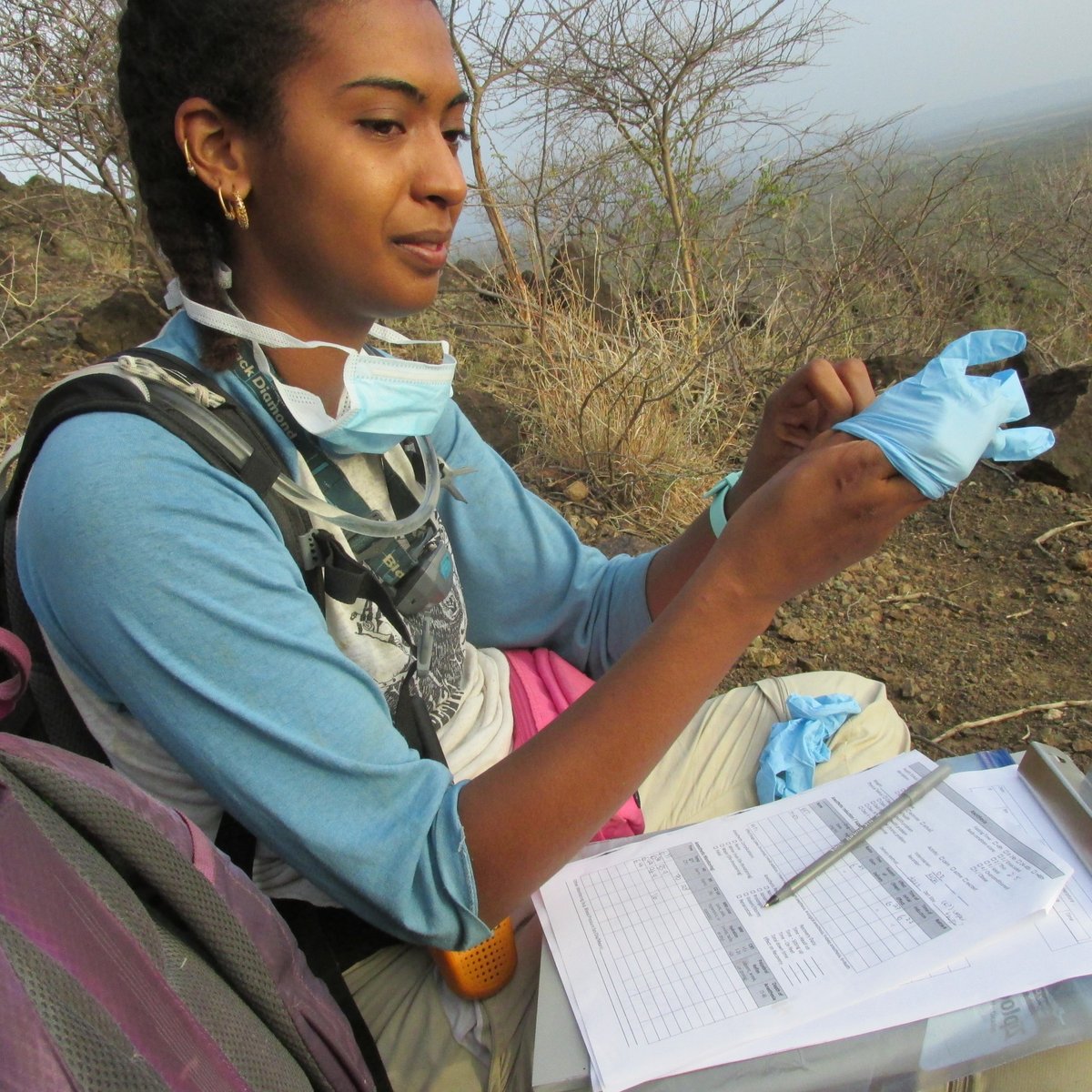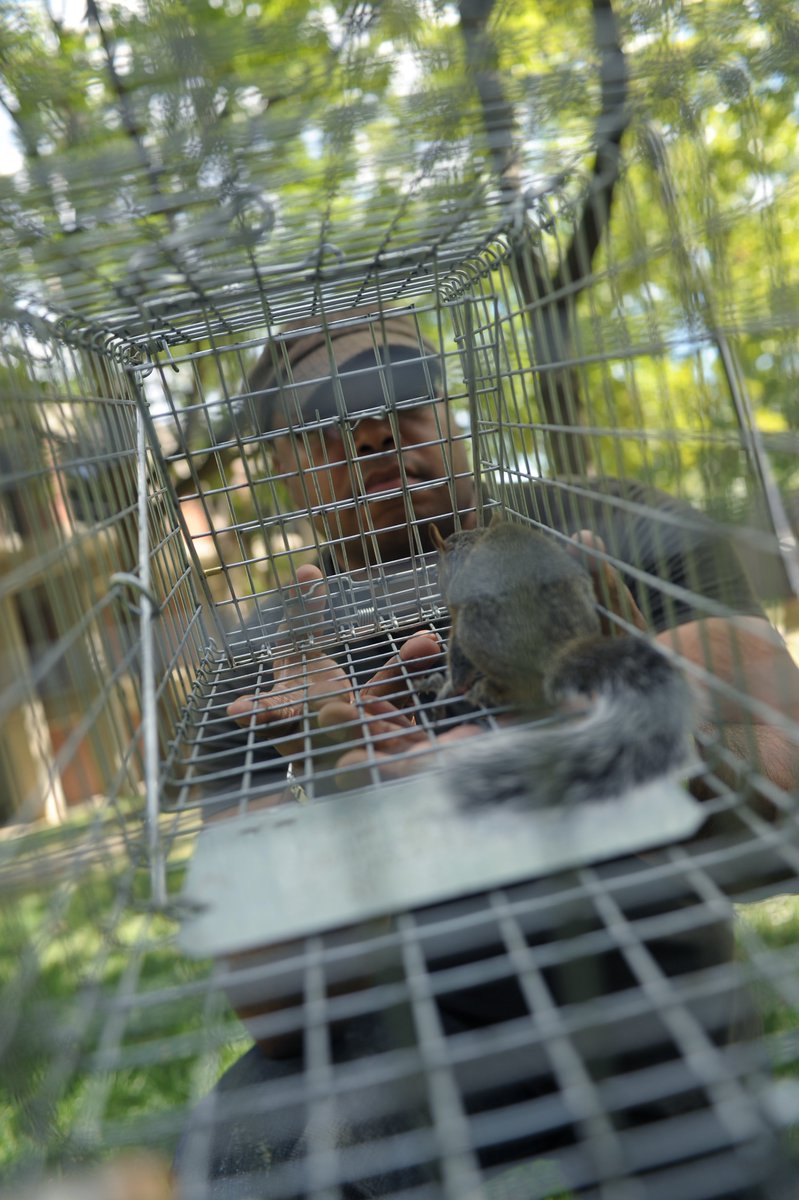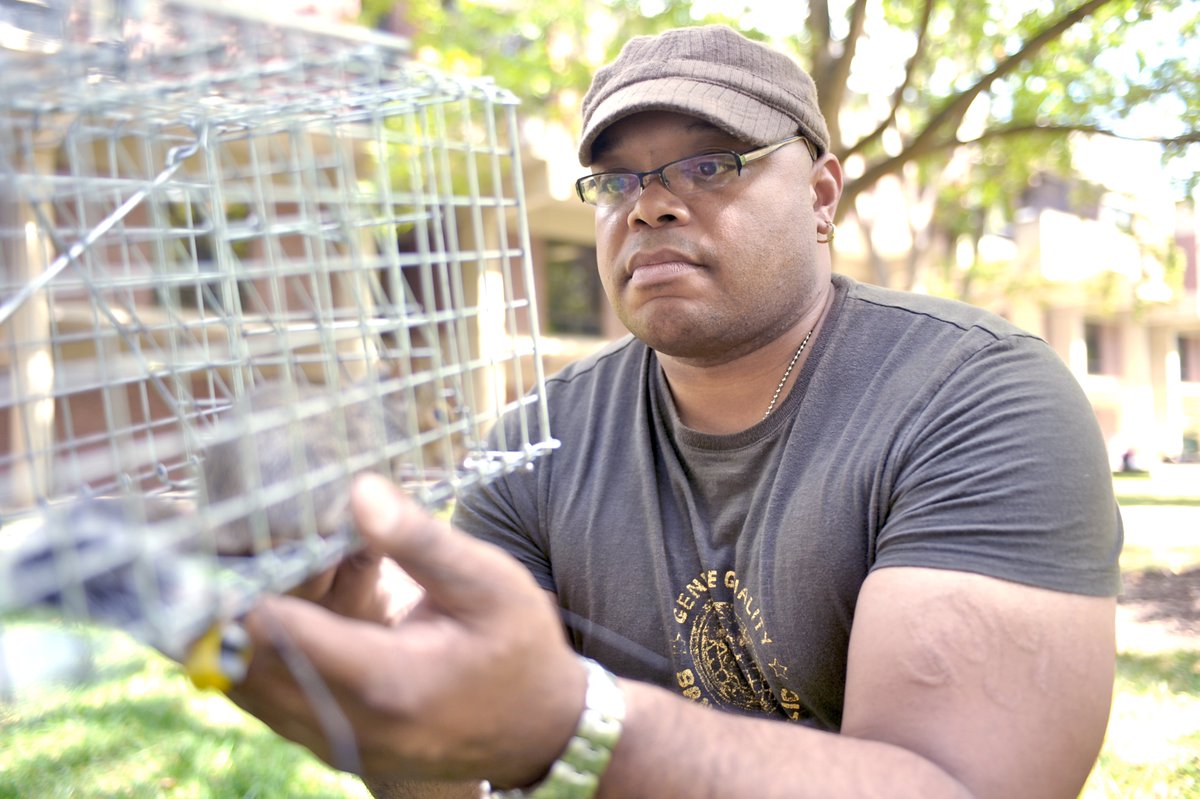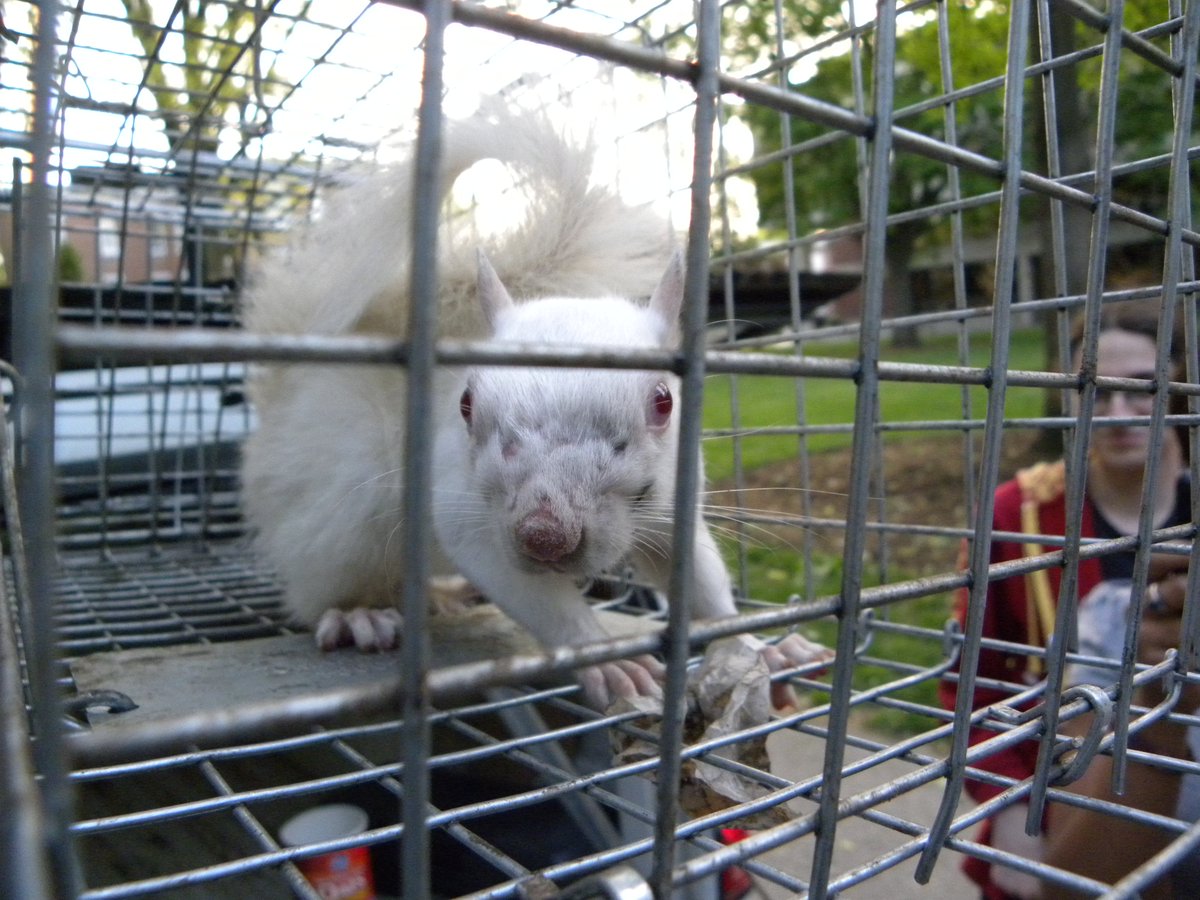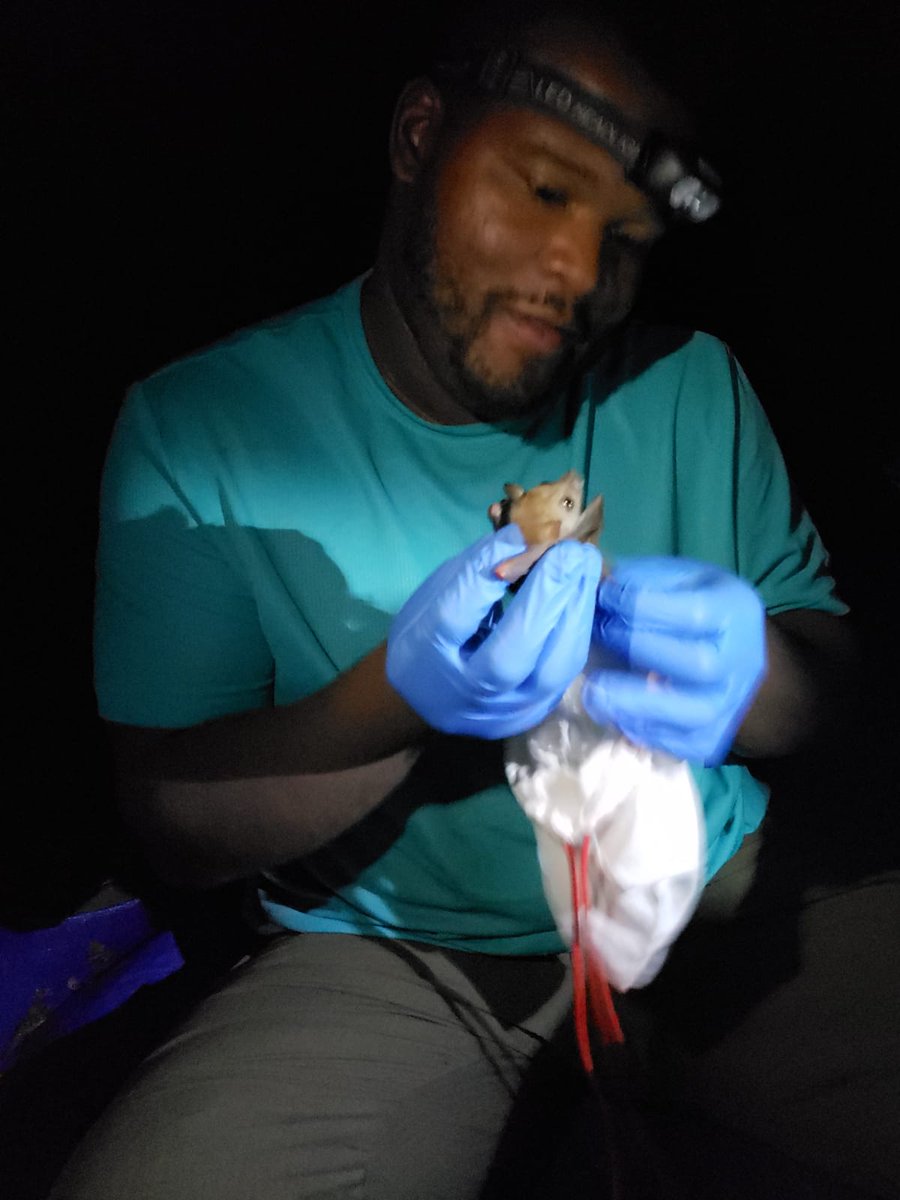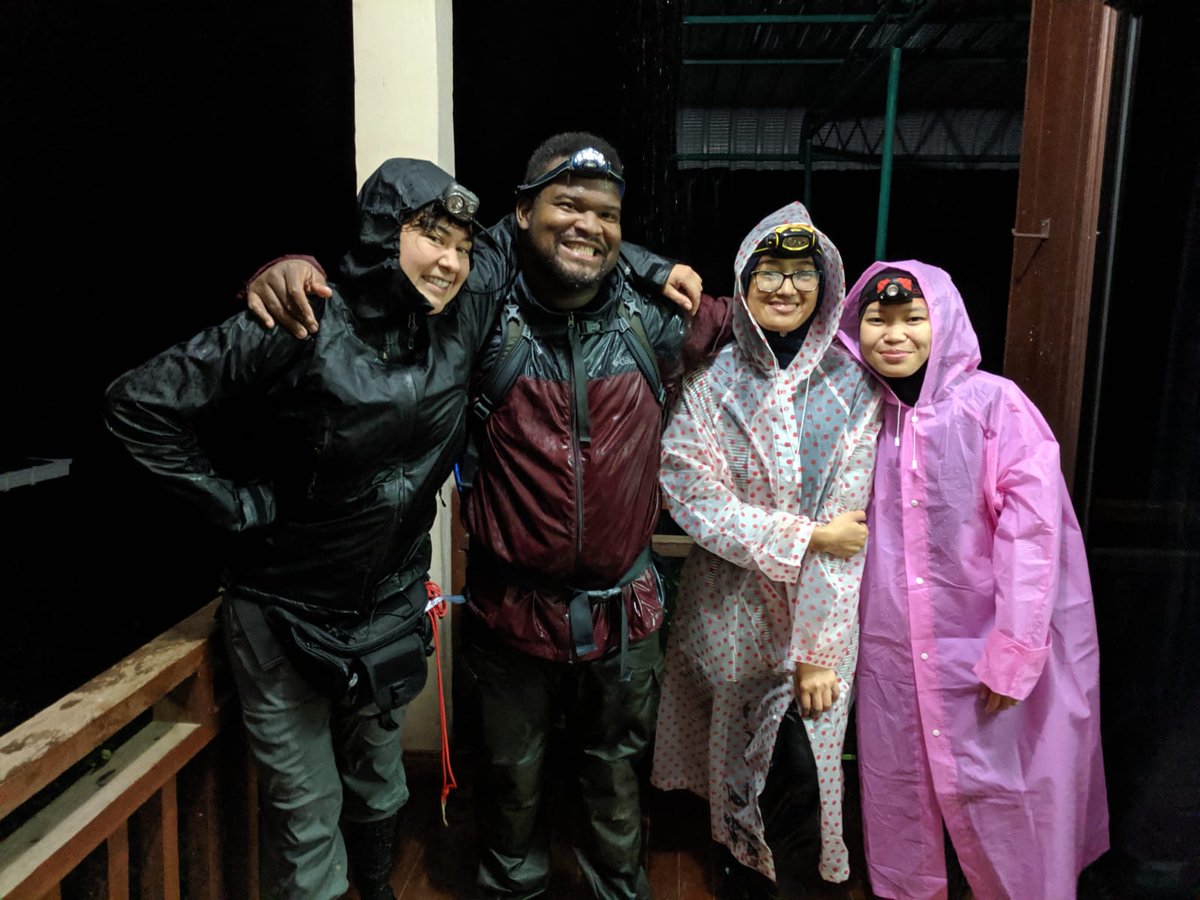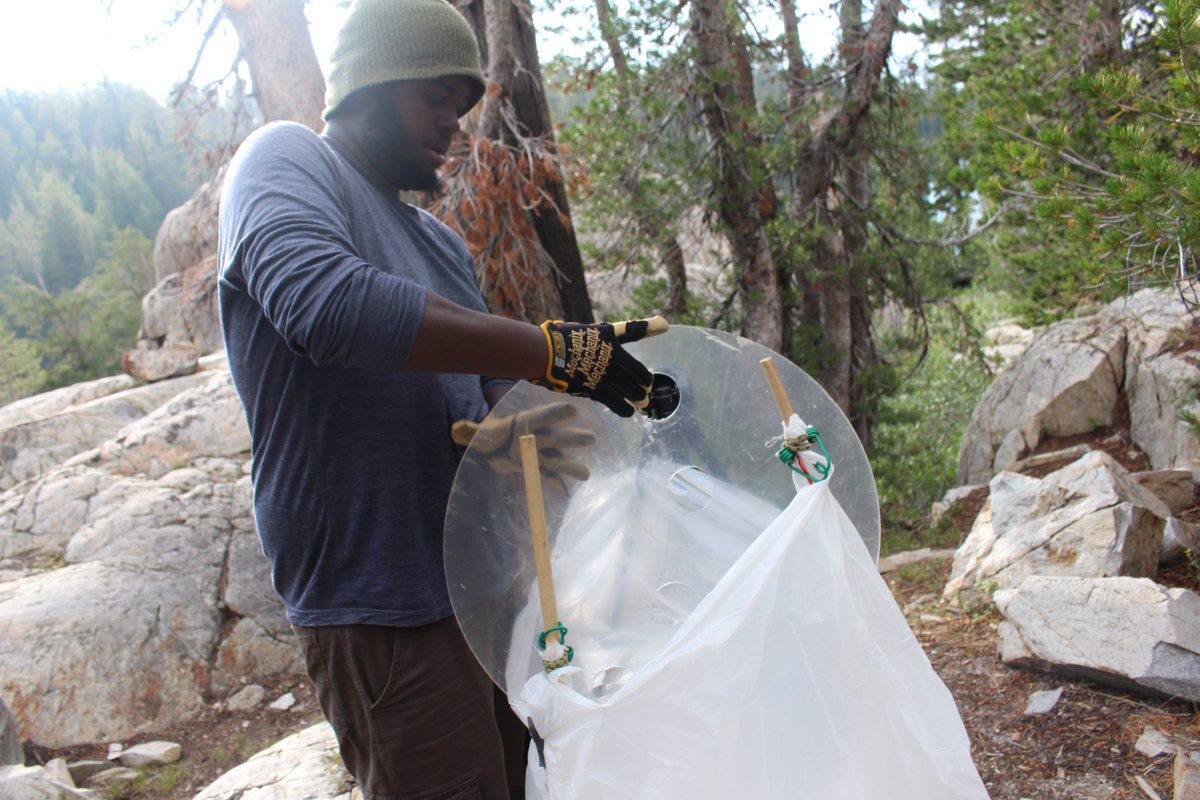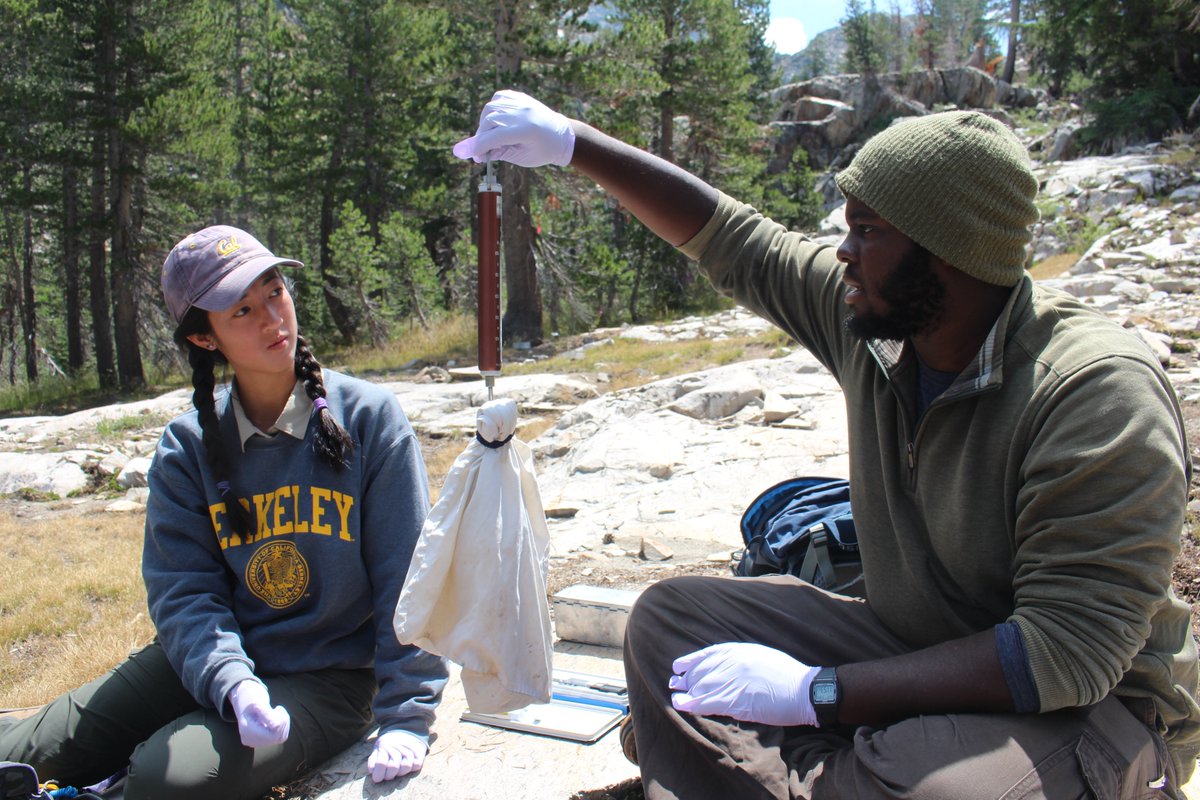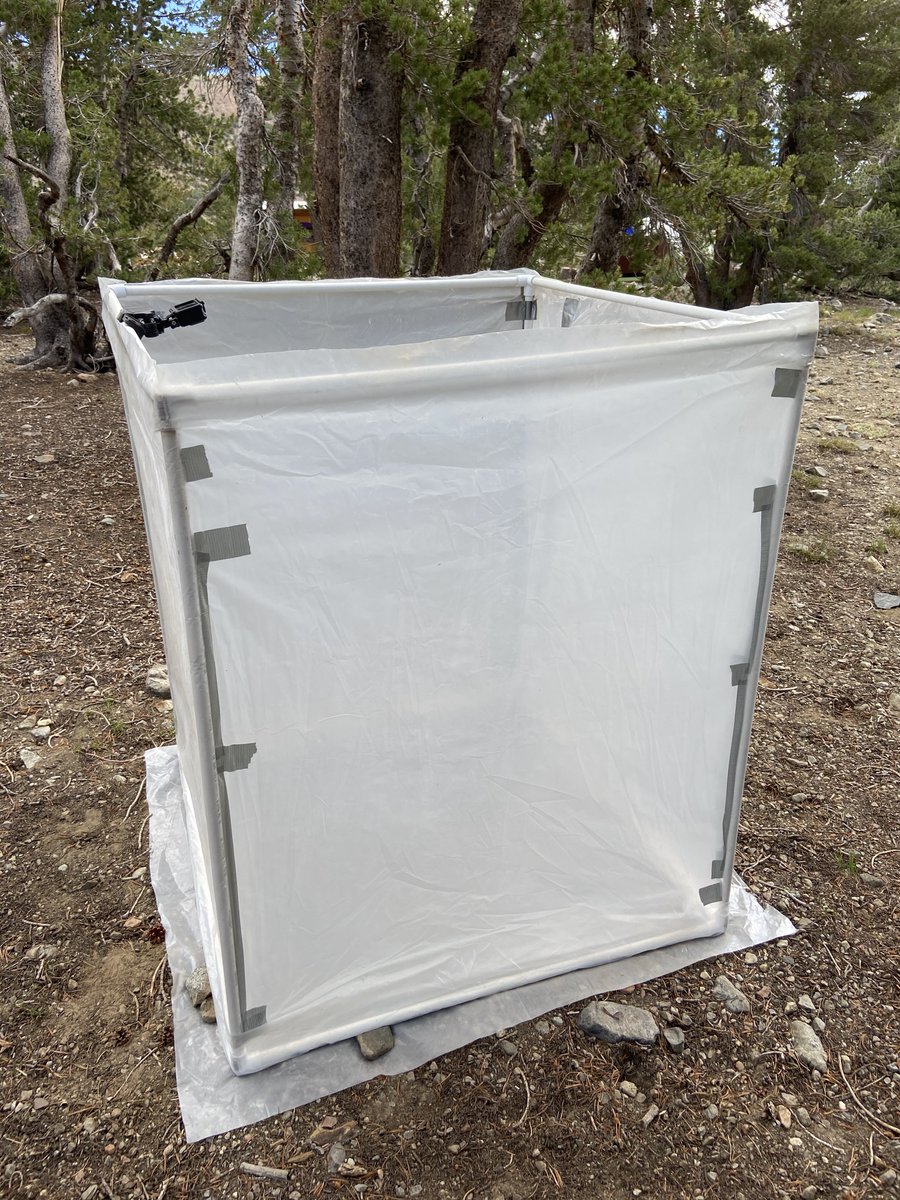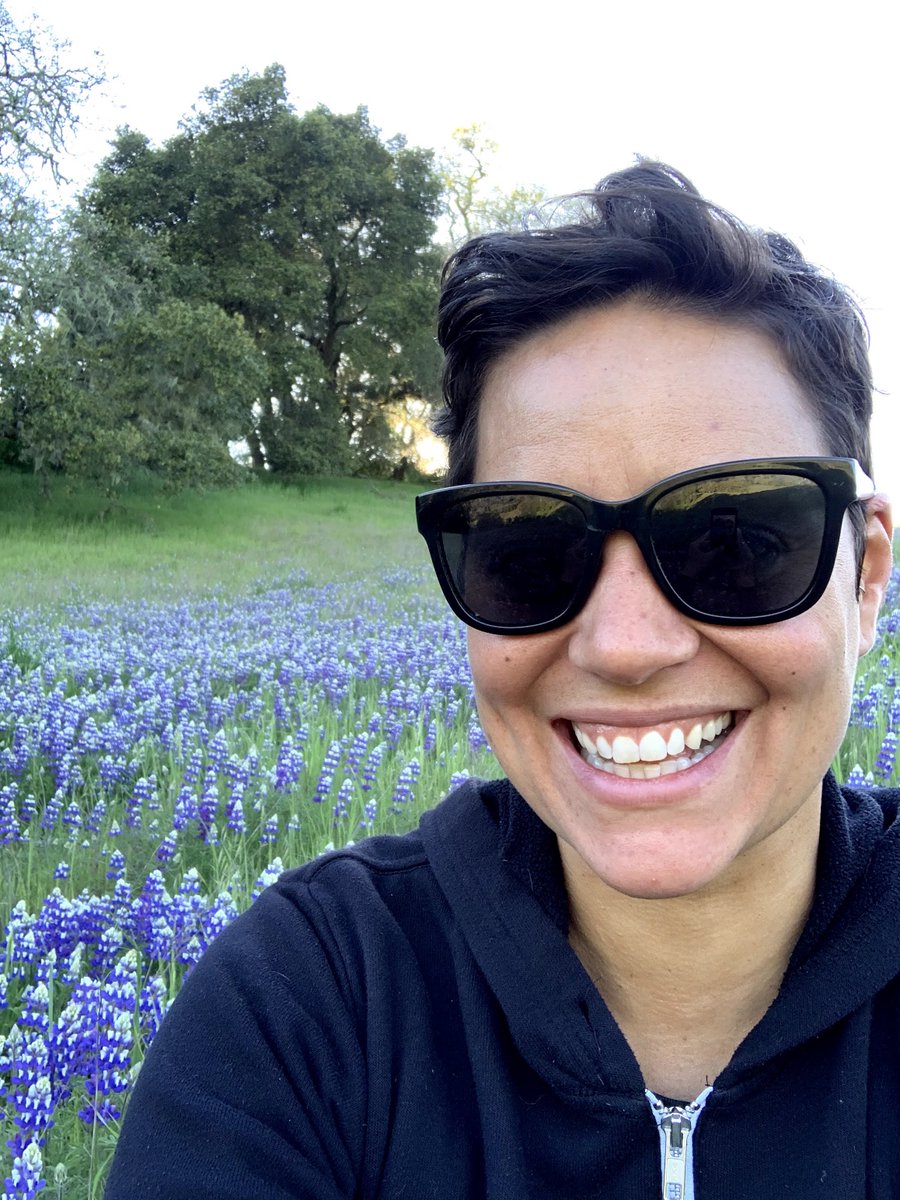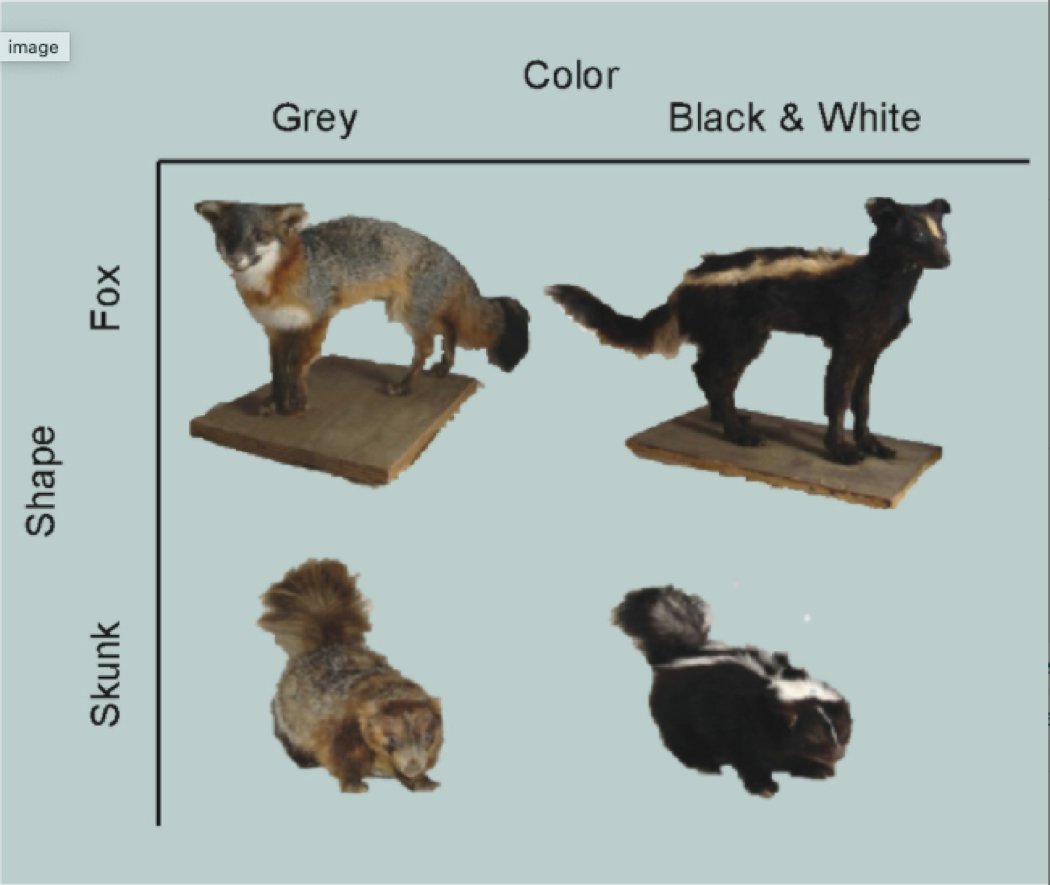We’re excited to kick off another #BlackMammalogists Week takeover for today’s #TechniqueTuesday! Follow along this thread all day long to hear from @BlkMammalogists on how they each do research on mammals.
Hello! I& #39;m Gabi Fleury ( @fleurygs), I study human-wildlife conflict in Southern Africa. I& #39;m Afro-Latinx (Afro-Brazilian). My father is of Angolan descent, + I& #39;ve always had a keen interest in the region as part of the Diaspora. #BlackinSTEM #BlackMammalogists
I& #39;ve used different techniques to try to mitigate human-wildlife conflict! One of the most fun was collaborating with a software engineer to create pictorial-only computer minigames that shared different husbandry methods to prevent livestock loss to carnivores. #tech4wildlife
I’ll be going to Botswana as part of @FulbrightPrgrm to test the efficacy of scent deterrents (i.e. lion feces) to reduce mesocarnivore visitation of commercial farms in collab with @CheetahBotswana and @BPCTcamp. Staying innovative and thinking outside the box are important!
Hi! I’m Megan Henriquez, and I’m an Afro-Dominican PhD student studying primate ecology. I’m interested in studying the relationship between a primate’s behavior (like movement, feeding, and social interactions) and its parasites! #BlackinSTEM #BlackinBioAnth
Studying primates means traveling and living in some pretty remote locations! Last summer, we used GPS technology to study hamadryas baboon movement in Ethiopia and found that their home range is over 2x larger than we had previously thought! #BlackinBioAnth #BlackinSTEM
Studying GI parasites in primate fecal samples can be messy business, but microscopy and new genetic sequencing methods can help us learn more about parasite transmission and primate health! #BlackinBioAnth #BlackinSTEM
Hi! I’m @DrTommyp. One of my favorite field techniques is live trapping. It allows you to catch the animal multiple occasions and take measurements over time.
Tracking animals using telemetry can be an awesome tool. In cities this can be very difficult because of all of the concrete and the movement of the animal. But what do you do if you do not have a vehicle dedicated for this? You make a portable one.
We get to see some amazing things while doing research in urban areas...such as this albino gray squirrel that I trapped and measured!
Hey! I& #39;m Alex Troutman ( @N8ture_AL), and I’m a Black mammalogist. As a mammalogist I have studied bat diversity in Crocker Ranger Reserve in Sabah, Malaysia and early successional habitat selection of old field mice in southern Georgia. #BlackAFinSTEM #BlackMammalogists
I used different techniques to capture bats for my research, including mist netting, harp trapping, and acoustic surveys. My favorite technique to use is harp trapping, because the trap looks like a window into the forest. #BlackinWildlife Photo by: Katie Fitzgerald
Studying bats is both rewarding and challenging. It’s early mornings and late nights. Sometimes you even get caught in a storm and have to close traps and hike down a mountain in torrential downpour. In the end it& #39;s all worth it when you have a great team. #BlackMammalogists
Hi, my name is Kwasi Wrensford ( @kwasiscientific), and I& #39;m a graduate student at UC Berkeley with @berkeleyIB and the @UCBMVZ. I study ecology and animal behavior in the context of environmental change, working primarily with rodents and other small mammals.
Currently I study two species of chipmunk in the Sierra Nevada range of California, so my research requires a lot of field work. To survey my study populations and collect data, I hike out to my field sites, camp for a little bit, and set some Sherman live traps.
Once an animal is captured, we weigh them, give them an identification tag, measure body size, collect a tiny snip of their ear for DNA analysis, and any fecal material they decide to bless us with for hormonal analysis. Then we send them on their way!
In addition to the sample collection, we also conduct behavioral experiments. We use an "arena," basically a makeshift tent, to provide a controlled, neutral environment to film a chipmunk& #39;s behavior and compare how individuals of each species respond to an unfamiliar environment
Hi, I’m @jenhunter2010. You’ll probably hear a lot this week about #cameratraps, and how they have revolutionized wildlife biology. However, we aren’t using cameras to their full potential. Cameras can be incredible tools for experimental applications https://bit.ly/35tlz5t .">https://bit.ly/35tlz5t&q...
I studied warning coloration in skunks. I was interested in how predators differente skunks from other species and whether predators generalize noxiousness to other skunk-shaped animals and other skunk-colored animals. (spoiler: yes, and yes: https://bit.ly/2Zuiuhz )">https://bit.ly/2Zuiuhz&q...
I made taxidermy mounts of skunks and grey foxes. I made “normal” skunks and foxes, as well as foxes colored like skunks and skunks colored like foxes.
I put them out in wilderness areas with infrared camera traps, and presto! #ScienceHappened! This raccoon wasn’t quite sure what to do with a grey colored skunk ;)
That’s it for @BlkMammalogists #TechniqueTuesday takeover!
Did you learn anything new about mammalogy or have some techniques of your own to share? Let us know and keep following along this #BlackMammalogists Week! https://abs.twimg.com/emoji/v2/... draggable="false" alt="💛" title="Gelbes Herz" aria-label="Emoji: Gelbes Herz"> https://blackmammalogists.com"> https://blackmammalogists.com
https://abs.twimg.com/emoji/v2/... draggable="false" alt="💛" title="Gelbes Herz" aria-label="Emoji: Gelbes Herz"> https://blackmammalogists.com"> https://blackmammalogists.com
Did you learn anything new about mammalogy or have some techniques of your own to share? Let us know and keep following along this #BlackMammalogists Week!

 Read on Twitter
Read on Twitter